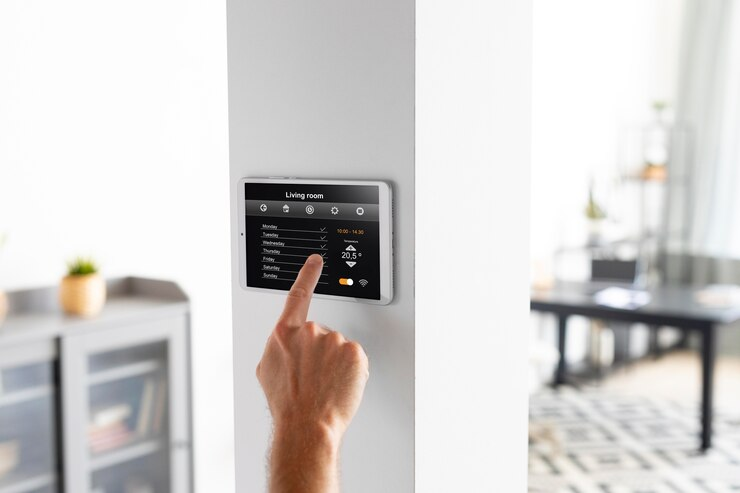Crestron’s home automation systems boast sophistication and a wide array of features tailored to enhance living spaces, allowing homeowners to effortlessly automate various aspects of their homes. Understanding the factors influencing the cost of these systems is pivotal for those contemplating this investment.
Factors Affecting Crestron Home Automation Costs
- Home Size: The size of a residence significantly impacts the expenses associated with a Crestron home automation system. Larger homes require more intricate systems and additional equipment, leading to higher costs compared to smaller dwellings;
- System Complexity: System intricacy plays a pivotal role in cost determination. Systems with multiple zones and custom programming incur higher expenses due to added components and programming;
- Component Selection: The choice of components also influences overall costs. Opting for premium components like high-resolution touchscreens or advanced equipment tends to elevate expenses compared to selecting standard components;
- Customization and Installation: Tailored user interfaces or specialized programming contribute to increased costs. Installation expenses vary based on system complexity and home size.
Understanding the Investment in Crestron Home Automation
The cost of Crestron home automation systems varies based on these factors and location, ranging from $15,000 to $200,000 or more, contingent upon individual needs. It’s crucial to note that these costs are subjective and reliant on homeowner preferences.
Check this video to learn more
Beyond Costs: The Future of Crestron Home Automation
Beyond financial considerations, Crestron’s advancements transcend mere monetary value. The future of home automation aligns with sustainable technology integration, evident in Crestron’s focus on energy efficiency, innovative sensor technology, and user-centric design.
Sustainability and Energy Efficiency
Crestron emphasizes eco-friendly solutions in line with global sustainability trends. Energy-efficient components not only reduce environmental impact but also offer long-term cost-saving benefits.
Innovative Sensor Technology
Advanced sensors integrated into Crestron systems enhance automation by intelligently responding to environmental cues. This technology, paired with AI-driven algorithms, optimizes energy consumption, fostering a more intuitive and efficient home.
User-Centric Design
Crestron’s dedication to user-centric design ensures that automation systems are not just technologically advanced but also user-friendly. Simplified controls and intuitive interfaces cater to diverse user preferences, making smart living accessible and convenient.
Conclusion
While cost is significant, the allure of Crestron home automation extends beyond financial investments. It represents a pathway to a future where sustainability, innovation, and user-centric design converge, shaping essential aspects of modern living—promising a seamless blend of comfort, efficiency, and sustainability.
